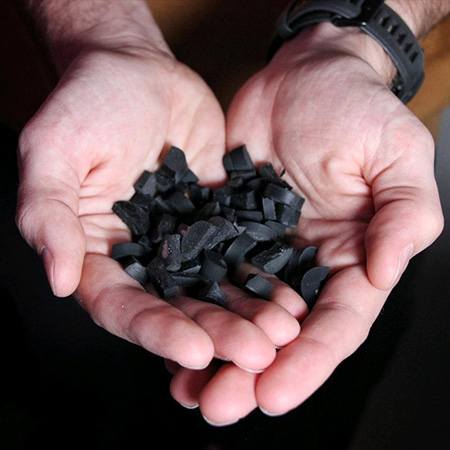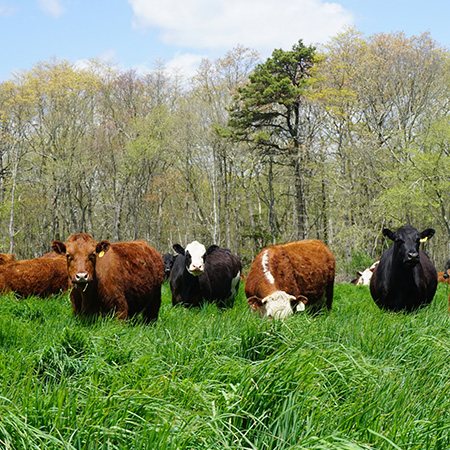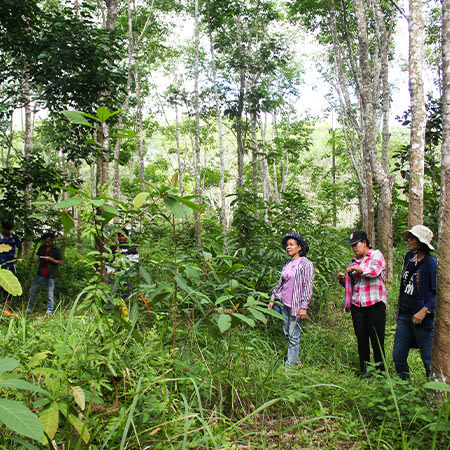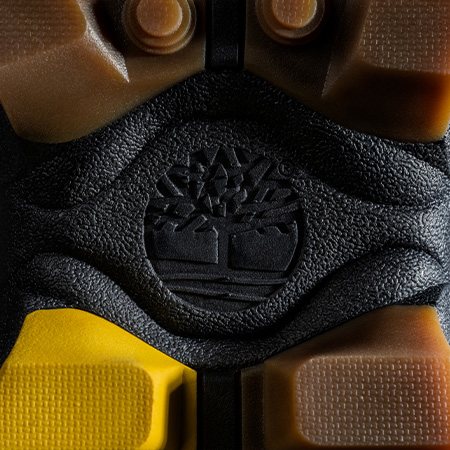
Responsibility
At the heart of the Timberland Brand is a vision for a greener and more equitable future. This comes to life through a decades long commitment to try and make products responsibly, help protect the outdoors, and work to strengthen communities around the world.
Responsible Materials
We have built a robust portfolio of recycled, renewable, and regenerative materials to deliver on our commitment to quality and durability.
 Recycled
Recycled
Recycled materials have been reprocessed from reclaimed waste material by means of a manufacturing process and made into a final material or component.
 Regenerative
Regenerative
Regenerative is a term that encompasses a variety of environmentally and socially focused practices which aim to help promote biodiversity, enhance water cycles, improve soil health, and sequester carbon. As defined by PUR Projet (global leaders in nature-based solutions), these practices are intended to create beneficial impacts for ecosystem services, farmers, and local communities.
 Renewable
Renewable
Responsibly sourced renewable materials are derived from inputs that naturally replenish within a human’s lifetime and are derived using feedstocks and processing methods that follow established and verified production practices with the intention of reducing potential impacts on people and planet.

Timberloop™ Takeback Program
Circular business models are becoming increasingly relevant and important and in 2022, we introduced the Timberloop™ platform. We invite you to bring back your old Timberland® products to any Timberland US retail or outlet store when you are no longer able to use them. We will have them evaluated and recycled through our partners. In return, you will receive a 20% off discount code to use immediately on your in-store purchase.

Path of Service™ Program
One of the ways Timberland strengthens communities is through community service. Since 1992, Timberland’s Path of Service™ program has provided Timberland® employees with paid time to volunteer in their communities. Employees can use their hours at a variety of company-sponsored service events or individually to support causes that speak to their passions. Our largest annual days of service each year are Earth Day in the spring and Serv-a-palooza in the fall. For these two days each year, employees worldwide pull on their boots to make a difference in their local communities. Since 1992, Timberland® employees have served over 1.4 million service hours worldwide.
To learn more about our supply chain, traceability and corporate sustainability goals, please visit vfc.com/responsibility








